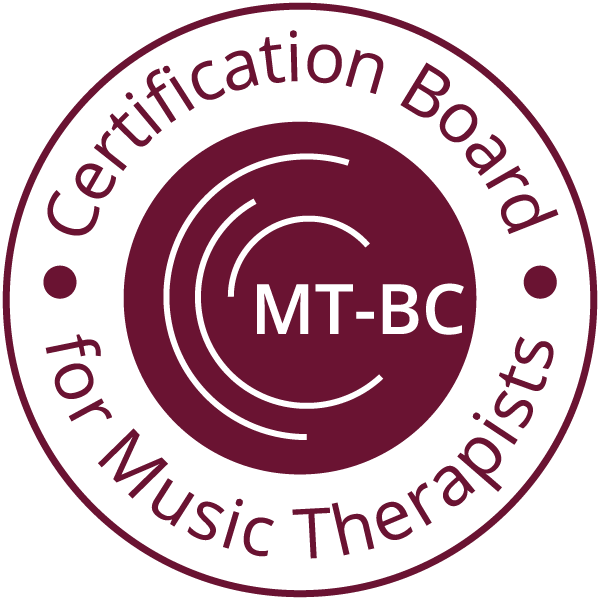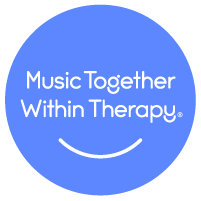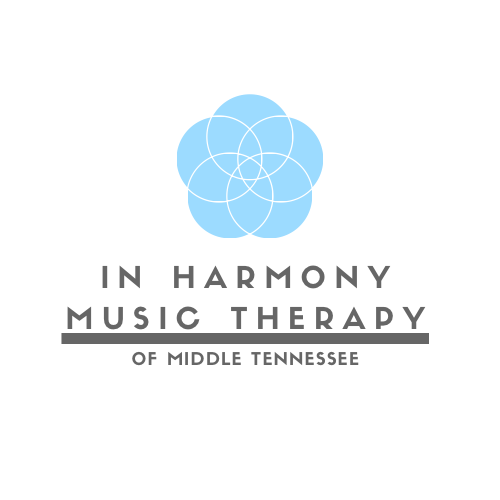Pivoting in it’s classic definition is to “turn or rotate”. The basic human ability to turn or rotate is still an acquired skill whether using the body to turn, or learning to with the assistance of an aid, like a wheelchair or walker. One of the developmental milestones new parents look for in their infants is when they can move from laying on their back to their belly. When my youngest did it around 3 months old, he surprised himself and started crying! However, once he settled and I turned him back over, he did it again!…and again…and again…because this is what babies do, once they learn a skill, it must be practiced over and over to make that mind-body connection in the brain.

Music is naturally a great facilitator of movement. Basically all you need is a good steady beat and it motivates the body to move entrained to the beat. Dancing is a prime example of moving in rhythm to the beat of music, either from free style to formal patterned steps.
In my work with young children, movement and pivoting is a basic awareness technique. Moving not only in synchronicity with the beat but also being able to turn and change direction. If I turn and change direction when the music changes, for a child, this is noticing two things at once, visually following what I am doing and internalizing the change through their hearing sense. I work with this technique with other ages and diagnosis as well. I had a client with Autism who needed to feel his sense of body in space for stop and go and to turn and pivot on the musical cue. Music facilitated this by naturally stopping for a pause and then playing on and with a direct musical trill and a certain note sequence that alerted my student to turn in time with the music. This was not achieved on the first or even second attempt, but over the course of weeks and months. The overreaching goal was for him to feel more grounded in his body, so outside of music therapy, he could leave feeling more grounded and better able to go about his days, to stand, walk and even sit in a chair for a length of time.
People diagnosed with Parkinson’s Disease can have trouble physically pivoting. Their walking gate freezes and internally they cannot move until an outside stimulus is placed in front of them like a stick or a foot to step over. Rhythmic Auditory Stimulation (RAS) in Gait Rehabilitation for Patients with Parkinson’s Disease, has been researched and shown to improve walking in those with Parkinson’s Disease. The rhythm and beat of music helps to entrain the body to take longer more natural strides over time with practice. Perhaps you have seen a video online for this technique in action. For extensive bibliography of this research and other neurological techniques, check out this link from the Academy of Neurologic Music Therapy: https://nmtacademy.co/supporting-research-by-technique/
The ability to pivot is also used as a metaphor in mental health awareness. The more mentally flexible we become when handling adversity and trauma, the more we allow health and wellness to guide our lives. This comes with entering into a therapy modality which helps us become aware of the inflexible and become open to the possibility of new ideas to help ease our minds out of dis-ease. Two ways music therapy can help is through analyzing songs lyrics or creating new songs which speak directly to the desire to process and change one’s mental awareness. The creative process helps break through mental challenges or bring a sense of order to otherwise chaotic and overwhelming thoughts.
Personally, as a music therapist, I am always practicing the art of “pivoting” in my work with clients, if one type of music or technique is not working, I’m versed to find another way to work with a client. I am not without troubles in my own life and work, and also seek supervision and therapy when I am unsure how to pivot through adverse situations.
I also pivot with my work as a whole. As I still continue to offer my therapy practice to kids and youth, though I have found myself working more and more with adults. Adults with Intellectual and Developmental Disabilities and Older Adults with diagnosis, such as Dementia, Stroke and Parkinson’s Disease. My music therapy education and continuing education has helped me pivot when the case load shifts and changes. If you are an adult or have a loved one who fits these criteria of care for music therapy, please feel free to reach out to me to discuss further how music therapy can help. If you are a parent of a child with a developmental or physical diagnosis who needs a therapy which engages and encourages growth, development, and movement, also feel free to reach out to me to find out how music therapy fulfills this criteria. The “music” in Music Therapy is the driver of dynamic change within a person.
How does pivoting play out in your life? Do you need to physically work on turning or rotating around? Perhaps, thinking about the flexibility of pivoting in life and towards good mental health is where you are at? Reach out to me at carrie@inharmonymusicmidtn.com to let me know. I’d love to hear from you.
Be well,
Ms. Carrie




